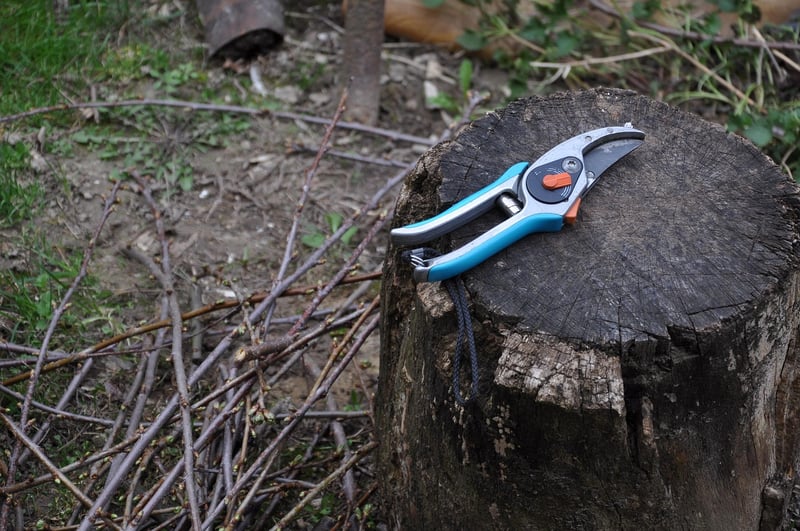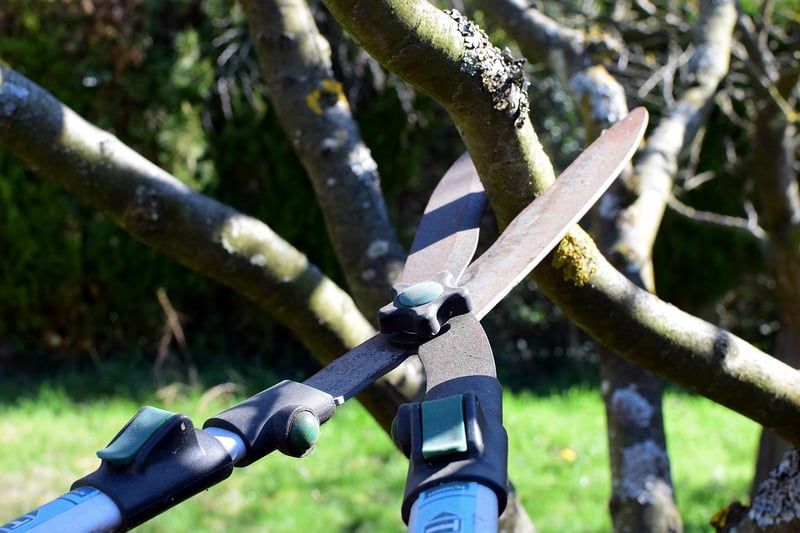Pruning Techniques
Guide to Nurturing Plants and Pruning Techniques
Nurturing Plants
Plants, like all living things, require proper care to thrive. Here are some essential tips for nurturing your plants:
1. Watering
Ensure your plants receive adequate water but avoid overwatering, which can lead to root rot. Different plants have varying water needs, so it's essential to research each plant's requirements.
2. Light
Light is crucial for photosynthesis, the process by which plants make food. Place your plants in locations that receive the right amount of sunlight based on their specific needs.
3. Soil and Fertilizer
Use well-draining soil and fertilize your plants regularly to provide them with essential nutrients. Be mindful of the type of fertilizer suitable for each plant species.
4. Temperature and Humidity
Monitor the temperature and humidity levels around your plants to ensure they are within the optimal range. Some plants are sensitive to extreme temperatures.
Pruning Techniques
Pruning is a vital practice that helps maintain plant health and shape. Here are some pruning techniques to follow:
1. Deadheading
Remove faded or dead flowers to encourage new growth and prolong the blooming period of your plants.
2. Thinning
Thin out excess branches to improve air circulation and sunlight penetration, promoting overall plant health.
3. Heading Back
Heading back involves cutting back a portion of a branch to encourage new growth. This technique helps control the plant's size and shape.
4. Crown Reduction
Crown reduction is the selective removal of branches to reduce the overall size of the plant while maintaining its natural shape.
Conclusion
By following these nurturing and pruning techniques, you can ensure your plants flourish and thrive. Remember that each plant is unique, so it's essential to research specific care instructions for the plants in your care.


For more detailed information on plant care and pruning techniques, check out The Spruce Gardening.
